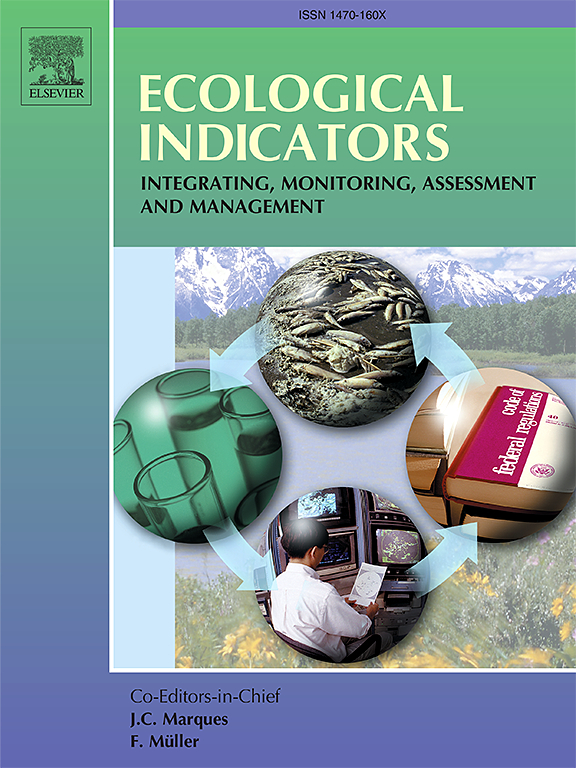The “guild” concept in riparian ecology: Use, limitations and prospects for improving the reproducibility and transferability of results
IF 7
2区 环境科学与生态学
Q1 ENVIRONMENTAL SCIENCES
引用次数: 0
Abstract
In riparian ecology, the use of information contained in quantitative and qualitative traits to reconstruct plant “guilds” is widespread in the scientific literature. This was formalized by Merritt et al. 2010 with the concept of “riparian vegetation-flow response guilds”, with the aims to develop general frameworks and transfer patterns from one system to another. Here, I reviewed the scientific literature that has applied the “guild” concept to study riparian plant communities. The aim was to highlight the advantages and disadvantages of this approach, in a context of generalization, comparison and reproducibility of results. I identified 24 original research articles and extracted information on the traits used, guild construction methods and study contexts. Results showed that an average of 14 traits out of a total of 74 were used to construct an average of 7 guilds. Most of these traits, however, were common to no more than three studies, and most studies mixed traits related to plant morphology with ecological “traits” describing abiotic tolerance of species, obtained without replicable protocols. Most studies have also mixed quantitative traits with qualitative or nominal traits to produce guilds. This discretization process results in a loss of information that is useful for understanding variations in community response to environmental changes. This is further amplified by the use of Gower distance to construct guilds, which produces a disproportionate contribution of the qualitative traits to multi-trait dissimilarity. Guild naming was also specific to each study, with frequent use of words related to growth form, plant size and habitat requirements. Although the guild approach has advantages for transferring results to managers or simplifying communities for modeling purposes, the way it is implemented does not allow for generalization of results. To improve the comparability of studies between riparian systems, but also to obtain a more mechanistic and reproducible understanding of the effects of environmental change on riparian plant community, it would be beneficial i) to focus on a more limited number of traits, shared between studies; ii) to preserve as much as possible the information contained in quantitative traits; iii) not to mix traits reflecting the morphological response of species with traits linked to their ecological requirements; iv) to always test the relationship between each individual trait and the environmental variables studied.
求助全文
约1分钟内获得全文
求助全文
来源期刊

Ecological Indicators
环境科学-环境科学
CiteScore
11.80
自引率
8.70%
发文量
1163
审稿时长
78 days
期刊介绍:
The ultimate aim of Ecological Indicators is to integrate the monitoring and assessment of ecological and environmental indicators with management practices. The journal provides a forum for the discussion of the applied scientific development and review of traditional indicator approaches as well as for theoretical, modelling and quantitative applications such as index development. Research into the following areas will be published.
• All aspects of ecological and environmental indicators and indices.
• New indicators, and new approaches and methods for indicator development, testing and use.
• Development and modelling of indices, e.g. application of indicator suites across multiple scales and resources.
• Analysis and research of resource, system- and scale-specific indicators.
• Methods for integration of social and other valuation metrics for the production of scientifically rigorous and politically-relevant assessments using indicator-based monitoring and assessment programs.
• How research indicators can be transformed into direct application for management purposes.
• Broader assessment objectives and methods, e.g. biodiversity, biological integrity, and sustainability, through the use of indicators.
• Resource-specific indicators such as landscape, agroecosystems, forests, wetlands, etc.
 求助内容:
求助内容: 应助结果提醒方式:
应助结果提醒方式:


